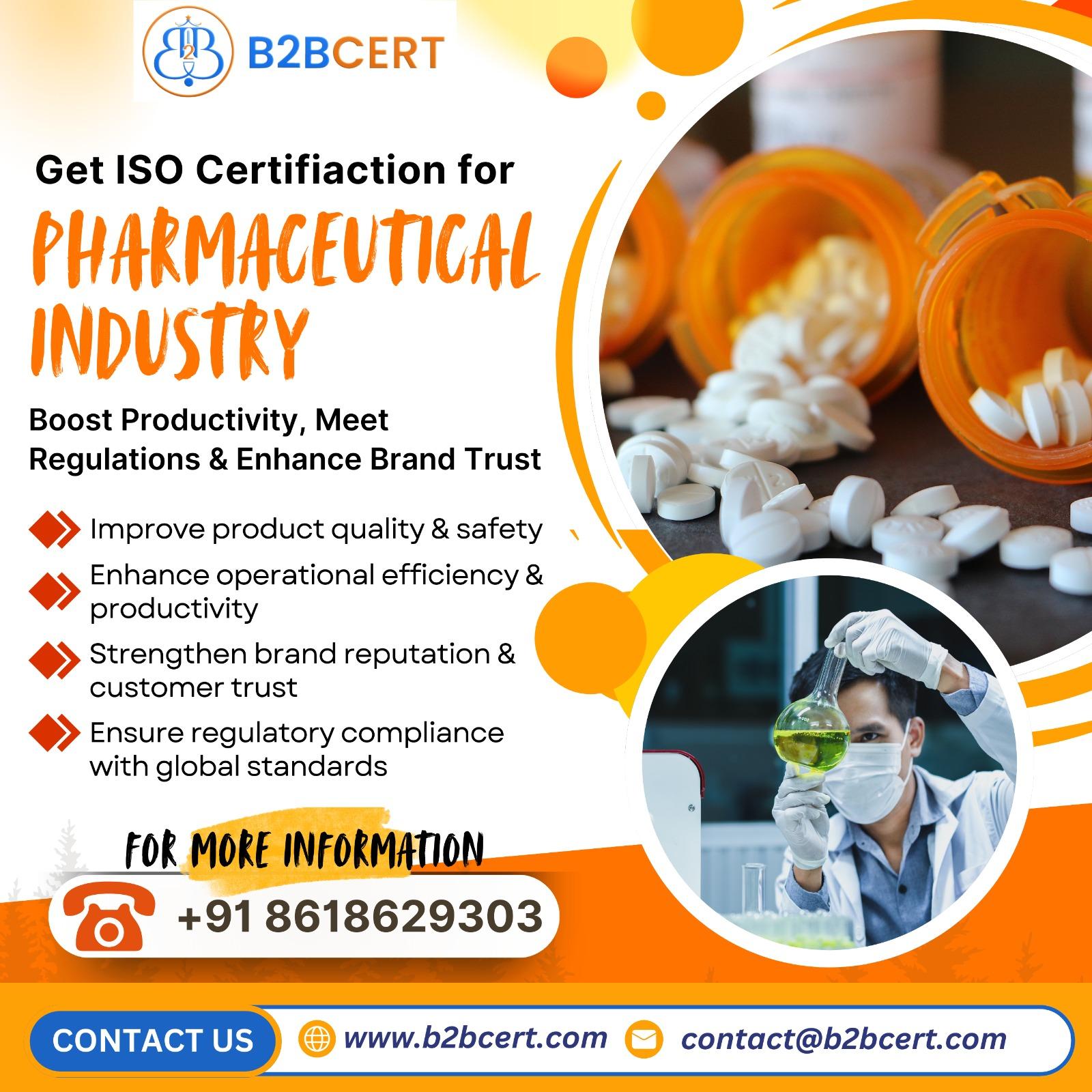Which Document Provides an Overview of a Laboratory’s Quality Management System under ISO 17025?

In the world of laboratory testing and calibration, maintaining consistent quality, reliability, and accuracy is crucial. ISO/IEC 17025 serves as the international benchmark for ensuring that laboratories operate competently and generate valid results. One of the central elements of ISO 17025 is the documentation that defines and supports the laboratory’s quality management system (QMS). Among these, the Quality Manual plays a pivotal role—it provides a comprehensive overview of the laboratory’s QMS structure, processes, and commitments to quality.
For laboratories pursuing ISO 17025 Certification in Singapore, understanding the purpose and structure of the Quality Manual is essential for both compliance and operational excellence.
What is the Quality Manual under ISO 17025?
The Quality Manual is the foundational document that outlines a laboratory’s approach to quality management. It serves as a roadmap for how the organization fulfills the requirements of ISO/IEC 17025. Essentially, it bridges the standard’s requirements with the laboratory’s actual practices.
The manual describes the laboratory’s policies, objectives, organizational structure, procedures, and responsibilities related to quality assurance and technical operations. It also provides references to specific procedures or supporting documents that detail how various activities are performed.
In simpler terms, the Quality Manual answers “how the laboratory ensures quality, accuracy, and consistency in its testing and calibration results.”
Purpose and Importance of the Quality Manual
For any laboratory seeking ISO 17025 Certification in Singapore, the Quality Manual is both a compliance requirement and a tool for internal improvement. Its key purposes include:
-
Demonstrating Compliance:
The manual provides evidence that the laboratory has implemented all elements of ISO 17025, from management requirements to technical competence. It acts as a reference for auditors during certification assessments. -
Establishing Consistency:
It helps standardize processes and ensures that all laboratory personnel understand and follow the same quality procedures. -
Defining Responsibilities:
The document clarifies roles, responsibilities, and authorities within the quality management system, promoting accountability and efficiency. -
Guiding Continuous Improvement:
The Quality Manual isn’t a static document—it’s updated as processes evolve, ensuring continuous improvement in quality and performance. -
Enhancing Client Confidence:
Clients and stakeholders can refer to the manual to understand how the laboratory ensures reliability, impartiality, and accuracy in its results, thereby strengthening trust.
Key Components of a Quality Manual
While ISO/IEC 17025 does not explicitly mandate a specific format or structure for the Quality Manual, laboratories typically include the following sections to meet compliance and ensure clarity:
-
Scope and Objectives:
Defines the range of testing or calibration services provided by the laboratory and its commitment to quality and impartiality. -
Organizational Structure:
Describes the laboratory’s hierarchy, reporting lines, and responsibilities of key personnel. An organizational chart is often included for clarity. -
Quality Policy:
States the laboratory’s overarching commitment to quality, accuracy, confidentiality, and continual improvement. -
Document Control:
Outlines procedures for controlling, reviewing, and updating quality-related documents and records to prevent misuse or outdated information. -
Management System Requirements:
Explains how the laboratory fulfills management requirements of ISO 17025, including internal audits, management reviews, and handling of nonconformities. -
Technical Requirements:
Describes how the laboratory maintains technical competence, calibration traceability, equipment maintenance, environmental control, and staff training. -
Procedures and References:
References to detailed procedures, SOPs (Standard Operating Procedures), and other supporting documents that elaborate on specific processes.
How ISO 17025 Consultants in Singapore Support Laboratories
Developing and maintaining a compliant Quality Manual can be challenging, especially for laboratories with limited experience in ISO standards. This is where professional ISO 17025 Consultants in Singapore provide invaluable guidance.
These consultants assist laboratories by:
-
Conducting a gap analysis to compare current practices with ISO 17025 requirements.
-
Assisting in drafting and structuring the Quality Manual tailored to the laboratory’s operations.
-
Ensuring all procedures, records, and policies align with the standard.
-
Providing training to staff on the implementation and maintenance of the QMS.
-
Supporting the laboratory during internal audits and external certification assessments.
Engaging expert consultants ensures that the laboratory’s documentation is not only compliant but also practical and aligned with its day-to-day operations.
The Role of ISO 17025 Services in Singapore
Beyond consultancy, comprehensive ISO 17025 Services in Singapore include a range of support functions such as:
-
Preparation of quality documentation (manuals, procedures, templates).
-
Calibration and testing process validation.
-
Risk management and continual improvement planning.
-
Pre-assessment and corrective action support.
These services simplify the certification journey, ensuring that laboratories can achieve and maintain ISO 17025 accreditation efficiently.
Why the Quality Manual Remains Vital
Even though ISO/IEC 17025:2017 provides flexibility in documentation, the Quality Manual remains a cornerstone of a robust quality management system. It reflects the laboratory’s commitment to transparency, consistency, and excellence.
By documenting how the organization meets ISO 17025 requirements, the manual serves as a communication tool for employees, auditors, and clients alike. It ensures that every member of the laboratory understands their role in delivering reliable and impartial results.
Conclusion
The Quality Manual is the document that provides an overview of a laboratory’s quality management system under ISO 17025. It encapsulates the laboratory’s quality policy, structure, procedures, and approach to compliance. For laboratories in Singapore, developing an effective Quality Manual is an essential step toward achieving ISO 17025 accreditation.
With the expert support of ISO 17025 Consultants in Singapore and comprehensive ISO 17025 Services in Singapore, laboratories can build a strong foundation for accuracy, reliability, and continual improvement—ensuring their testing and calibration results meet the highest international standards.
- Art
- Causes
- Crafts
- Dance
- Drinks
- Film
- Fitness
- Food
- الألعاب
- Gardening
- Health
- الرئيسية
- Literature
- Music
- Networking
- أخرى
- Party
- Religion
- Shopping
- Sports
- Theater
- Wellness


